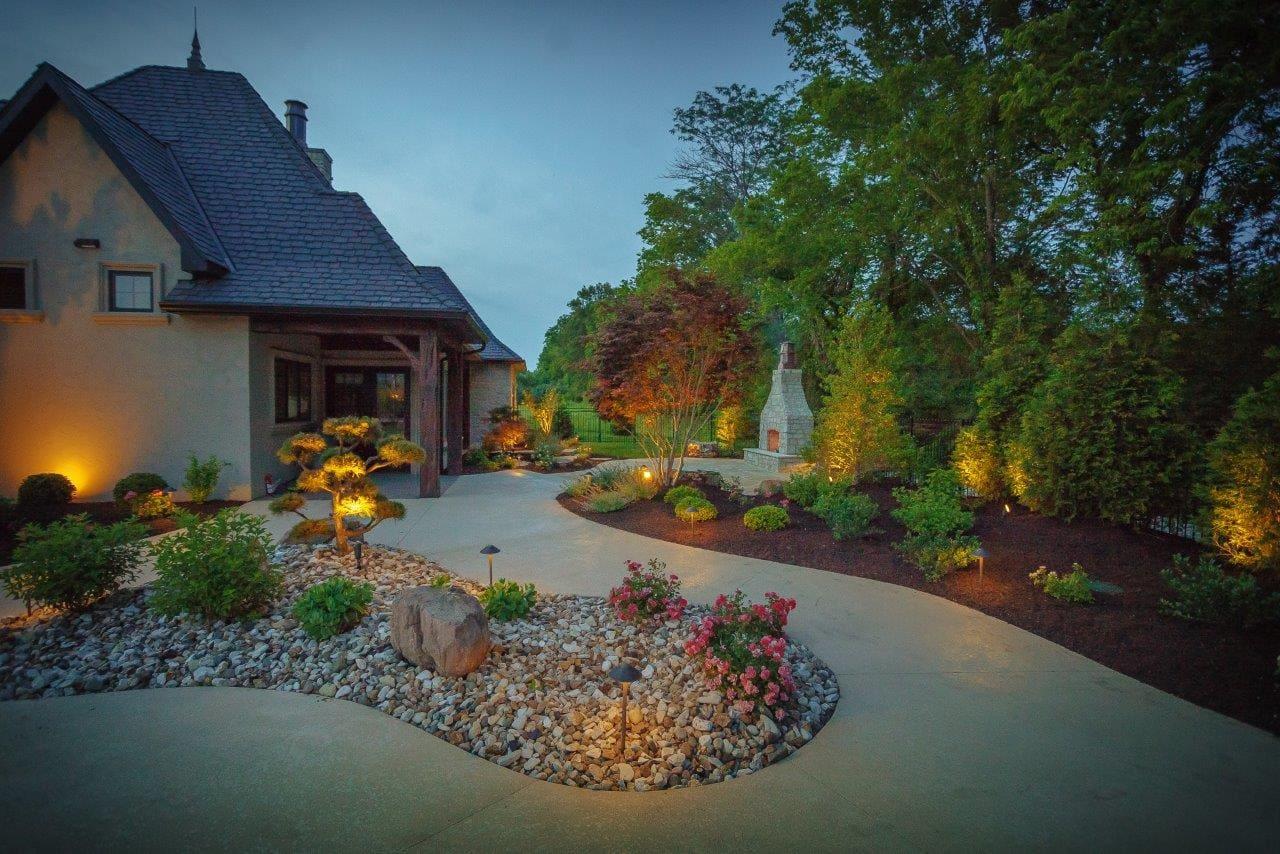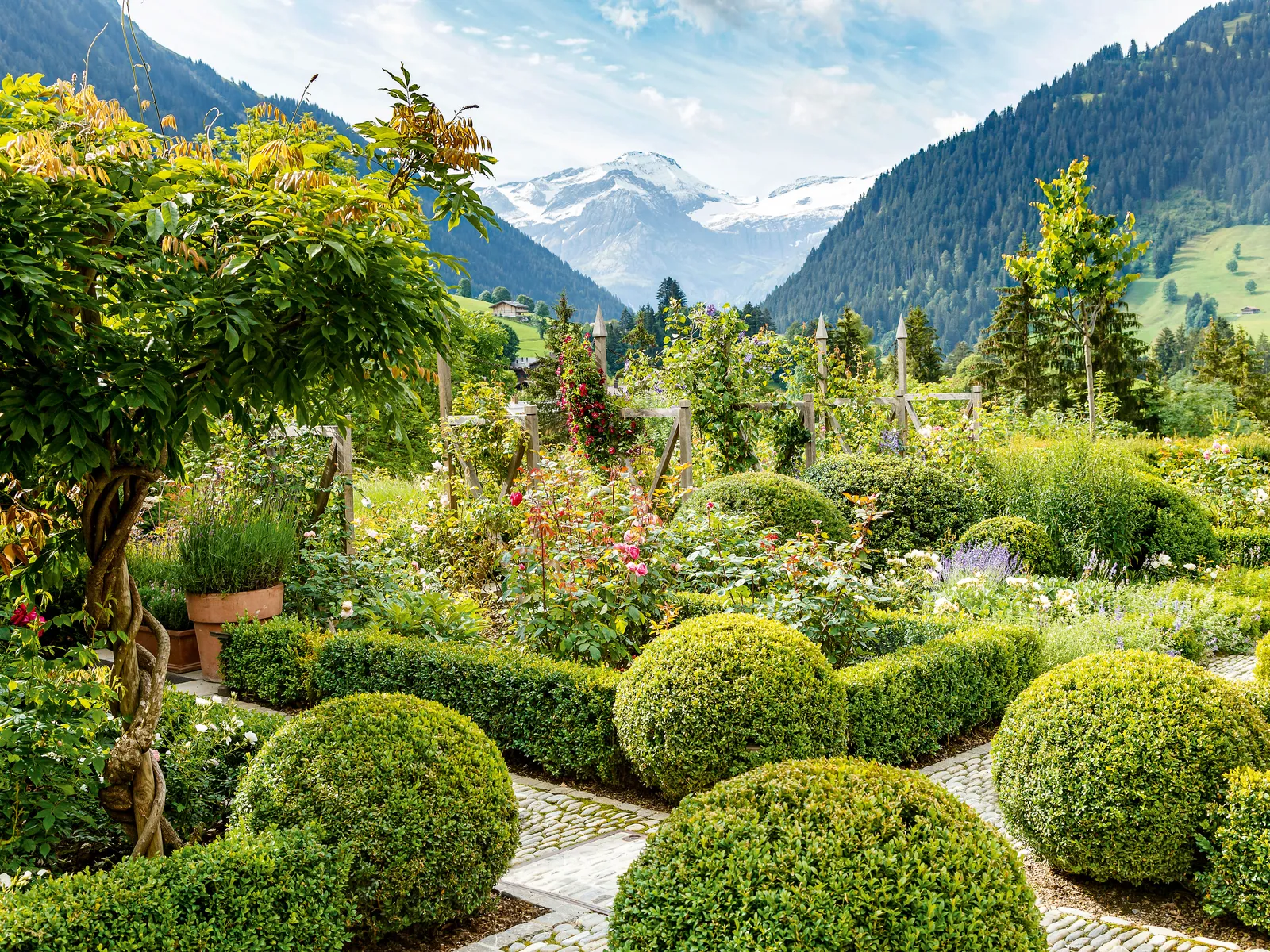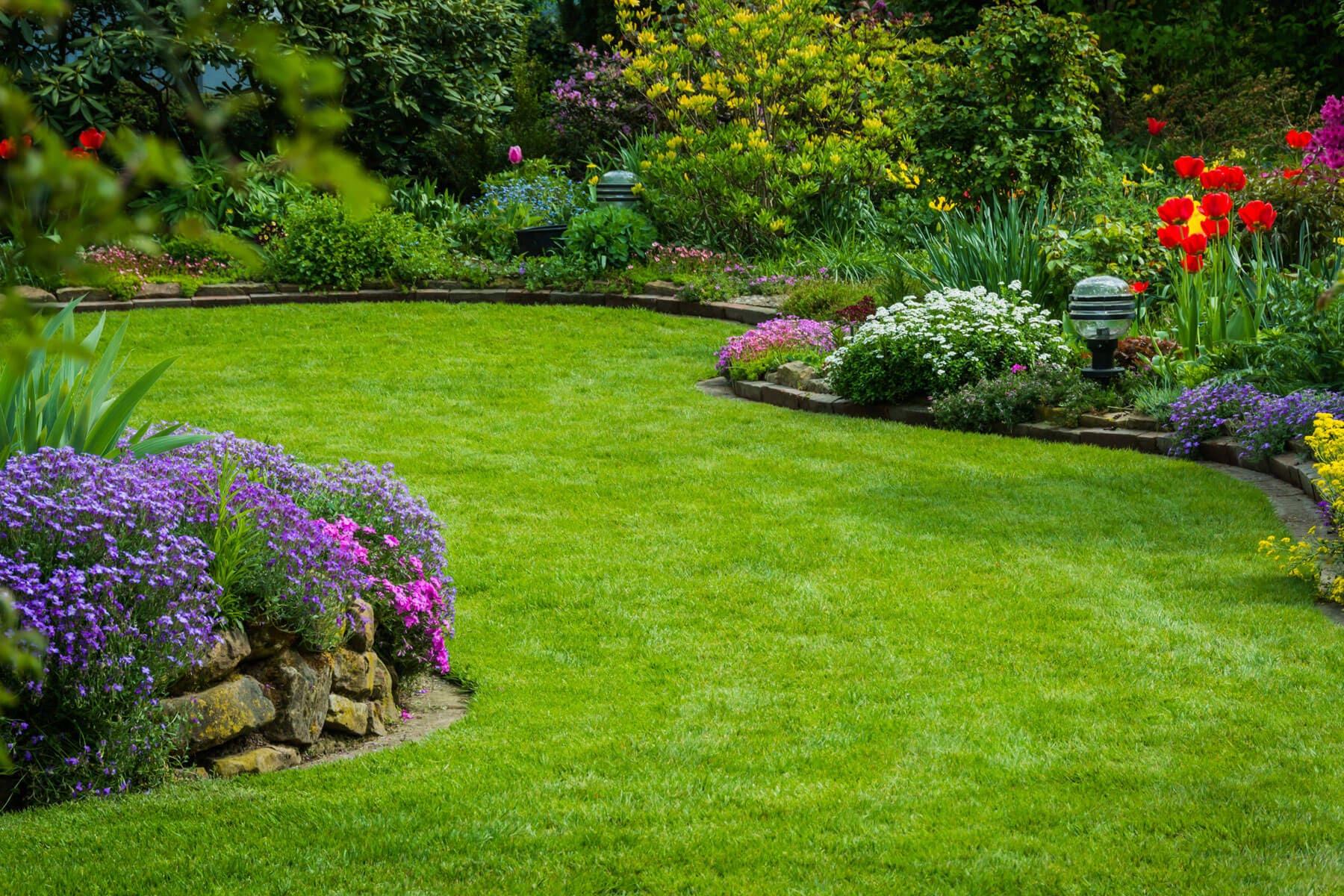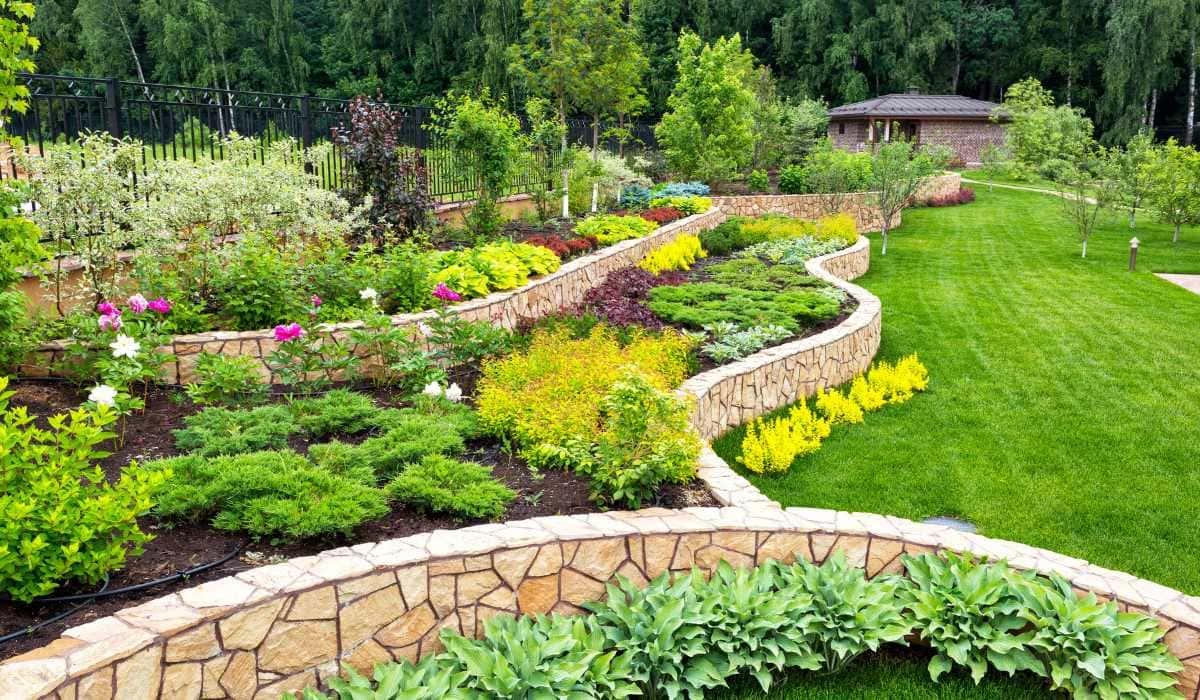Eco-Friendly Oasis: Designing Sustainable Outdoor Environments
-
Subodh Kumar Bhargava
- /
- 11.11.2025
- /
- 3
- /
- Views 2575

The Challenge of Unsustainable Outdoor Environments
Many urban and suburban outdoor spaces today are designed without sufficient consideration for their ecological footprint. Traditional landscaping often relies on resource-intensive practices, creating significant environmental strain. This conventional approach frequently prioritizes aesthetics over sustainability, ultimately harming local ecosystems and global well-being.
The consequences of such designs are far-reaching. We observe depleted water resources due to excessive irrigation, increased chemical runoff from fertilizers and pesticides harming local wildlife and water bodies, and a general reduction in biodiversity. These factors contribute to a less resilient environment, impacting everything from soil health to air quality in our communities.
Furthermore, the long-term operational costs associated with maintaining these conventional landscapes can be surprisingly high. From constant watering and frequent mowing to the regular application of chemical treatments, the financial burden on property owners and municipalities accumulates over time, often stretching budgets thin.
A critical symptom of this problem is the widespread loss of natural habitats. As green spaces become more artificial, they offer less support for native flora and fauna. This decline in ecological diversity weakens local ecosystems, making them more vulnerable to disease and environmental changes.
Root Causes of Environmental Strain
- Many designs default to non-native plant species that demand excessive water, fertilizers, and pesticides, disrupting local ecosystems and increasing maintenance.
- Traditional landscapes often lack integrated water management systems, leading to significant waste through inefficient irrigation and poor rainwater capture.
- The prevalent use of conventional, high-impact materials like concrete and non-recycled plastics contributes to a large carbon footprint and waste.
Pathways to Sustainable Outdoor Design
Embracing Native and Drought-Tolerant Landscaping
Adopting native and drought-tolerant plant species is fundamental for sustainable outdoor design. These plants thrive locally, drastically reducing the need for irrigation, chemicals, and pesticides. They naturally support local biodiversity and provide essential habitats, fostering a healthier ecosystem.
Beyond ecological benefits, native landscaping significantly cuts long-term maintenance costs. Reduced watering and fewer treatments lead to considerable savings. NextWaveInnovation integrates aesthetics with ecological integrity for beautiful, low-impact spaces that thrive with minimal intervention.
Implementing Advanced Water Management Systems
Effective water management is crucial. Innovative systems like rainwater harvesting capture precipitation for non-potable uses. Greywater recycling treats household water from sinks and showers for irrigation, significantly reducing reliance on fresh water supplies and promoting self-sufficiency.
Smart irrigation controllers, adjusting watering based on real-time data, prevent waste. Permeable surfaces and rain gardens manage water on-site, replenishing groundwater and reducing stormwater runoff. This ensures wise utilization of precious water resources, benefiting the environment.
Prioritizing Sustainable and Recycled Materials
Material choice profoundly impacts environmental footprint. Opting for sustainable, recycled, or locally sourced materials reduces embodied energy, waste, and transportation emissions. Consider recycled content pavers, reclaimed wood for decking, or natural stone from nearby quarries.
Avoiding harmful chemicals and investing in durable, high-quality materials ensures longevity, reducing future replacements and waste. Organic mulches and compost-enriched soil contribute to a healthier ecosystem. NextWaveInnovation commits to ethical material selection, crafting environments that last.
Potential Risks and Mitigation Strategies
- Higher Initial Investment: Sustainable solutions can sometimes have higher upfront costs. Recommendation: Focus on long-term savings from reduced maintenance and resource consumption, which often outweigh initial expenses.
- Aesthetic Perception: Some may perceive native or naturalistic designs as less "manicured." Recommendation: Educate stakeholders on the unique beauty and ecological value of natural landscapes, showcasing their vibrant diversity.
- Need for Specialized Knowledge: Implementing advanced systems requires specific expertise. Recommendation: Partner with experienced professionals and designers to ensure seamless planning and execution.
Tags:
Related Articles

Raghav Raghunathan
2 days agoThis article provides a really clear overview of the challenges and practical solutions for sustainable outdoor design. I particularly appreciated the emphasis on long-term cost savings.

Ujjwala Kapoor
2 days agoIt's great to see a company like NextWaveInnovation focusing on these crucial environmental topics. The solutions presented are realistic and well-explained.

Harvinder Sriram
2 hours agoI found the section on risks and recommendations very helpful. It addresses common concerns about adopting eco-friendly practices.



 NextWaveInnovation
NextWaveInnovation